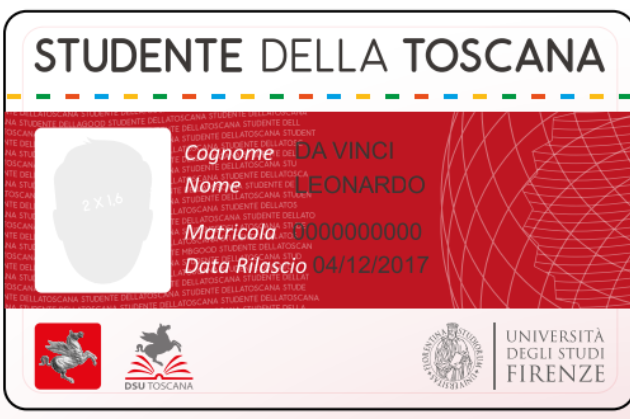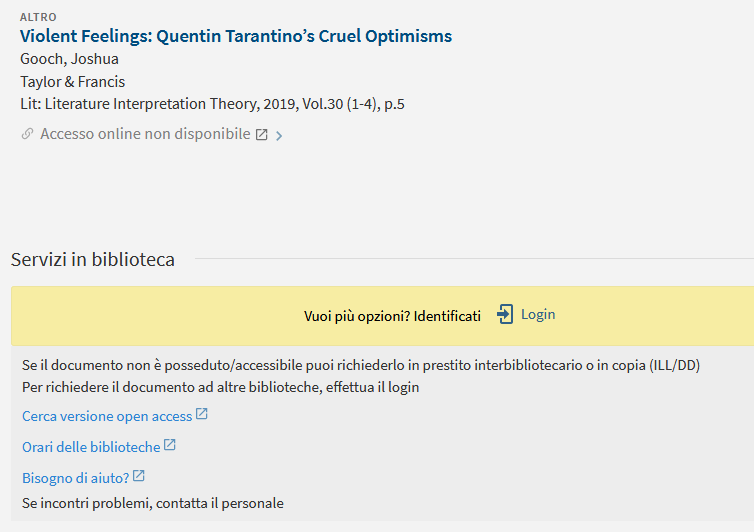
#SBART UNIFI ARCHIVE#
The author considers the ‘figures of race’ peopling the Italian colonial archive as composing past and present ideas and representations of (white) Italianness and racialised/gendered Otherness. Giuliani draws attention to rearticulations of the transnationally constructed Italian ‘colonial archive’ in Italian racialised identity-politics and cultural racisms across processes of nation building, emigration, colonial expansion, and the construction of the first post-fascist Italian society. It contributes to transnational and interdisciplinary reflections on these issues through an analysis of political debates and social practices, focusing in particular on visual materials from the unification of Italy (1861) to the present day. This book explores intersectional constructions of race and whiteness in modern and contemporary Italy. This work will be of particular interest to students of Italian Politics, Nationalism and Comparative Politics. In the process, the author demonstrates that a 'normalisation' of intolerance towards foreigners has become institutionalised at the heart of the Italian state. The methodological approach is based on a systematic discourse analysis of official documents, interviews, statements and speeches by representatives of the political actors involved. In particular it looks at the most influential voices in the debate on immigration and identity, namely Italian intellectuals, the Catholic Church, the Northern League and the Left. The book investigates when, how and why the discussions about national identity and about immigration became entwined in public discourse within Italy. Only a unified country for just over 150 years, Italian national identity is perhaps more contingent than longer established nations such as France or the UK. This book focuses on the politics of national identity in Italy.

Here's a sampling of the new terms this edition includes: fotocamera digitale videofonino amniocentesi esternalizzare cartolarizzazione nome utente penna ottica craccare messaggistica inimediata
#SBART UNIFI HOW TO#
"Language in Use" supplement: This offers invaluable advice on how to express yourself in correct and idiomatic Italian, as well as detailed treatment of formal and informal correspondence, e-mail, and telephoning. Completely updated: The new edition of HarperCollins Italian College Dictionary has been completely revised and updated with thousands of new references to cover all the latest vocabulary, notes on life and culture in the Italian - and English - speaking world, and Web addresses to enable further research.
#SBART UNIFI FULL#
The text also includes pronunciations of all English words using the International Phonetic Alphabet, with a full guide to Italian pronunciation and phonetics for difficult words. In addition, specific meanings are clearly marked to guide the user to the correct treatment. Style labels identify whether a word is formal, informal, literary, or vulgar. Usage levels are indicated throughout, with extensive examples to illustrate how words are used in context.

Here's why: Easiest to use: The clear layout allows maximum ease of access and enables effective communication for educational, business, and traveling purposes.

The HarperCollins Italian College Dictionary is the ideal dictionary for learners of Italian. Her research interests include gender, politics, violence against women and corpus linguistics. She has published on the topics of direct and indirect instances of sexism in Italian from quantitative and qualitative perspectives, and gender and language in the law. Federica Formato is an independent scholar who has taught linguistics at various UK universities. This book will be of particular interest to students and scholars of sociolinguistics, language and gender, discourse analysis, Italian and other Romance languages. Through the combination of corpus linguistics, surveys, and discourse analysis, she establishes a new approach to the study of gendered Italian, a framework which can be applied to other languages and epistemological sites. the killing of women by their (former) partners. The author examines linguistic treatments of women in politics and the media, as well as the gendered crime of femminicidio, i.e. This book analyses gendered language in Italian, shedding light on how the Italian language constructs and reproduces the social imbalance between women and men, and presenting indirect and direct instances of asymmetrical constructions of gender in public and private roles.


 0 kommentar(er)
0 kommentar(er)
